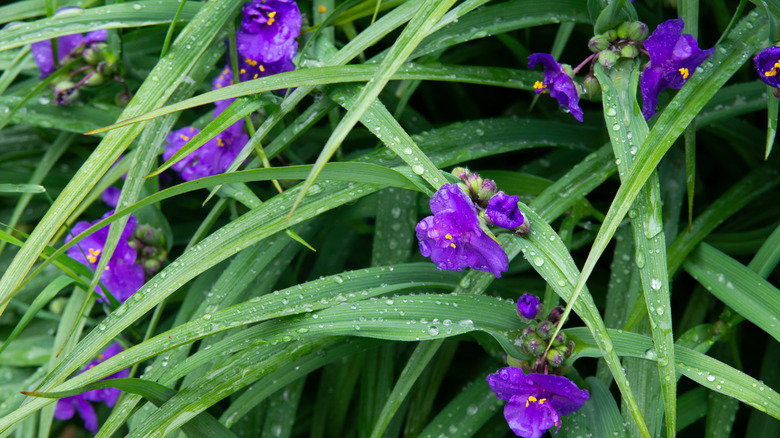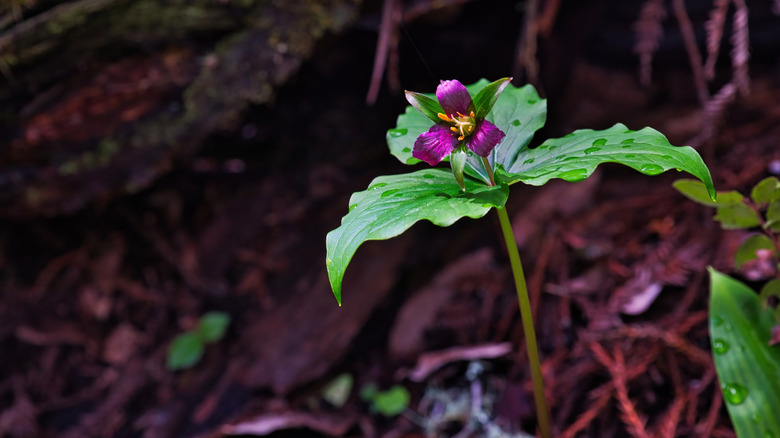Gardener Warns: 'Be Careful With This One' — Native Plant Can Take Over Without Control
In a TikTok video, garden coach Amy Powers has a warning for fellow gardeners: "Be careful with spiderwort." You may think that the bright blue blooms of Ohio spiderwort (Tradescantia ohiensis) are one of the best native plants to grow if you live in the Midwest, but this perennial can take over if left unchecked. Powers calls it a "medium-level spreader" and recommends deadheading the flowers and seed pods before they turn brown and fall off to prevent unwanted reseeding.
Native across the central and eastern United States, Ohio spiderwort is hardy in USDA zones 4 through 9 and enjoys full to partial sun. It tolerates a range of soil textures — from sandy to clay — and can handle dry or moist conditions, making it remarkably easy to grow. Its resilience is part of the appeal but also part of the problem. In ideal conditions, it spreads by both seeds and underground offshoots, forming dense clumps.
Despite its spreading habit, it's easy to see why so many gardeners plant it. Ohio spiderwort is one of the many shade perennial flowers that thrive in zone 6, which includes parts of many U.S. states. The clumping stems reach 2 to 3 feet tall and produce clusters of blue to rose-colored flowers from May to July. Each bloom opens for just a single morning before shriveling in the afternoon heat, but new blossoms keep coming for weeks. As a native wildflower, it also supports bees and butterflies, making it a friend to pollinators.
How to keep spiderwort in check (and an alternative to plant instead)
If you already have spiderwort in your garden, control starts with timely deadheading. Removing spent blooms and seed pods before they mature keeps the plant from diverting its energy into seed production and stops new seedlings from popping up where you don't want them. It's best to cut the plant back to about 6 to 12 inches around midsummer to encourage fresh foliage and a possible fall rebloom.
Spiderwort can also spread through thick, fibrous roots and short rhizomes. Dividing mature clumps every few years helps limit their size, which can prevent them from becoming unattractive. While the plant's not invasive, it can absolutely spread aggressively. For that reason, it's best suited to naturalized areas, meadows, or wildflower borders where it has space to roam freely.
If you love the look of spiderwort but prefer a less assertive plant, consider dwarf wakerobin (Trillium pusillum), which is related to a gorgeous slow-blooming white flower that's worth the wait from the same genus. The difference between that flower — white trillium (Trillium grandiflorum) — and dwarf wakerobin is that dwarf wakerobin can have purple-lavender blooms, which may match the whimsical or fantasy feel you might have wanted from Ohio spiderwort without the risk. This spring-blooming native has similarly graceful foliage and soft flowers but grows slowly and stays compact in partial shade. No matter your choice, regular maintenance and mindful placement go a long way toward keeping your native garden balanced and beautiful.

